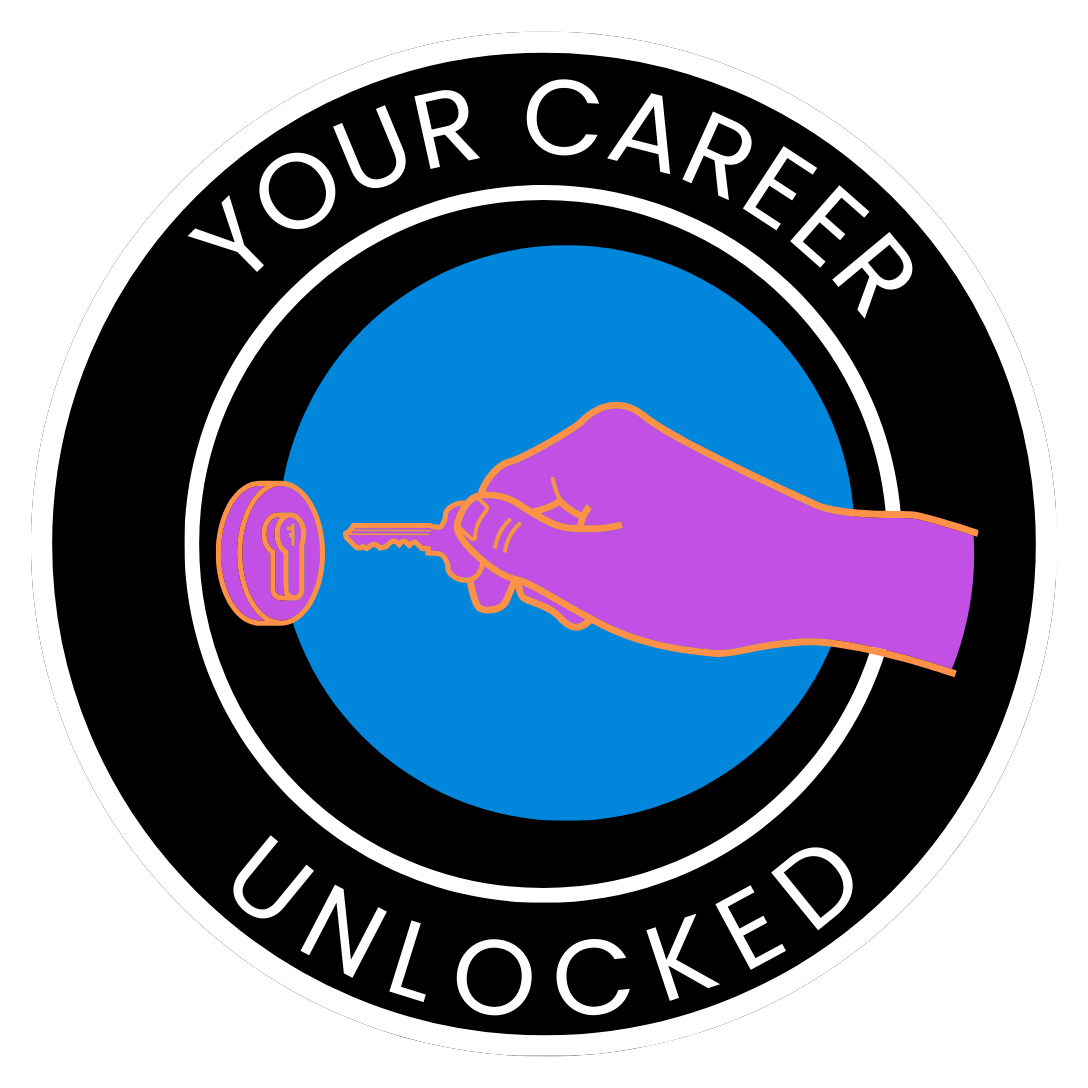Sometimes, you want something, but the words to express it just…aren’t there. Maybe you’re brainstorming ideas, looking for advice, or trying to solve a problem, but you’re stuck. The good news? ChatGPT is great at guiding you even when you don’t know how to ask.
The key? Don’t overthink it. You don’t need to have a perfectly crafted question ready to go. Instead, you can use ChatGPT itself to help you figure out what to say or how to start.
Let’s break it down step by step.
1. Start With a General Idea or Feeling
When you’re unsure how to phrase your question, just share what’s in your head. Think of ChatGPT like a friend who’s great at picking up on your vibe.
For example:
- “I’m trying to write something creative, but I don’t know where to start.”
- “I want to organize my thoughts on this project, but I don’t know what to ask for.”
- “I’m trying to explain something to someone, but I don’t know how to word it.”
Even a vague description is enough to get the ball rolling.
2. Ask for Help Structuring Your Question
One of the most underrated ChatGPT tricks? Simply ask it to guide you.
Try something like:
- “I don’t know how to phrase this. Can you help me figure out what I’m asking for?”
- “Can you ask me questions to help me get to the right question?”
- “I have an idea, but I need help making it clear. How should I word it?”
This flips the pressure around. Instead of you struggling to frame the perfect question, ChatGPT works with you to uncover what you’re after.
3. Use a Conversational Approach
It’s okay to be casual! Think about how you’d text a friend or ask someone for advice when you’re unsure of the details.
For example:
- “I need help brainstorming, but I don’t even know what I need ideas for yet.”
- “I have a problem, but I don’t know how to explain it. Can you help me get clearer?”
- “I want advice, but I’m not sure how to phrase my situation.”
ChatGPT is built to follow context and pick up clues, so you don’t need to get everything perfect on the first try.
4. Lean on “What, Why, and How” Prompts
If you’re feeling stuck, fall back on simple starter words like:
- What: “What are some ideas for…?”
- Why: “Why do I feel stuck on this?”
- How: “How can I get better at explaining what I want?”
These open-ended words let ChatGPT do some of the heavy lifting.
5. Experiment and Refine
Once you’ve started, ChatGPT can help you adjust and refine your request. You don’t have to get it perfect on the first try because you can always follow up with something like:
- “This isn’t quite what I meant. Can we try another angle?”
- “Can you give me some more specific examples?”
- “Actually, I think I’m more interested in [different topic]. Can we explore that?”
It’s a bit like building a conversation in layers—each step brings you closer to the clarity you’re seeking.
6. Ask for a Prompt!
If all else fails, you can literally ask ChatGPT to create a prompt for you! For example:
- “I want to brainstorm ideas, but I don’t know how to ask. Can you give me a good prompt to use?”
- “Can you write me a question to get started on this topic?”
- “I want to learn about [topic], but I don’t know what to ask. Can you suggest something?”
ChatGPT can create a starting point tailored to your goal, which makes diving in that much easier.
Why This Works
The beauty of using ChatGPT is that it doesn’t judge or demand perfection. It’s designed to collaborate with you, offering suggestions, clarifications, and rewordings as you go. You don’t have to know everything up front, and honestly, that’s part of the fun.
Whether you’re brainstorming, looking for advice, or just trying to find the right words, starting the conversation is often the hardest part. But once you take that first step—no matter how messy or vague—you’ll find that clarity comes quicker than you think.
So the next time you feel stuck and don’t know what to ask for, just type out whatever’s in your head and let ChatGPT guide you. It’s like having a brainstorming buddy who’s always ready to help, no matter where you’re starting from.
Have you ever tried this approach? Let me know how it worked for you—I’d love to hear your thoughts!

